10 Most trafficked Animals On The Planet
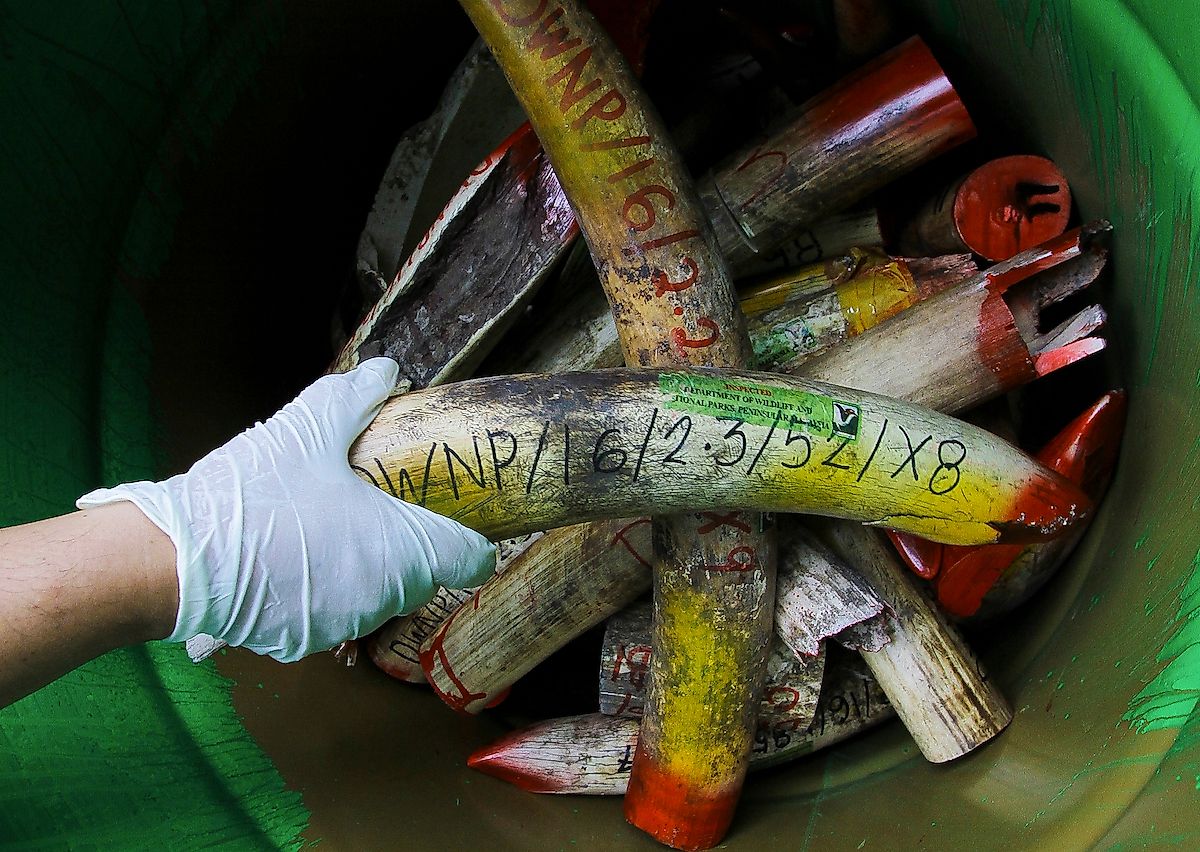
- The green turtle is sold for its shell that is made into common accessories.
- Pangolins are eaten in China and Vietnam.
- The Helmeted Hornbill is sold for its beak, which is sold like ivory on the black market in China.
Nature is full of resources we need to live, and part of what makes it so rich is its wide diversity. Some of that is currently facing the prospect of disappearing, however, due to humans encroaching on animal habitats, global warming and the effects of the illegal wildlife trade. Some people feel they have no choice but to trap and kill the vulnerable creatures on this list, all in the name of money. What animals are some of the most trafficked in the world? Here are ten that are currently at risk due to poaching and trafficking.
10. Pangolins
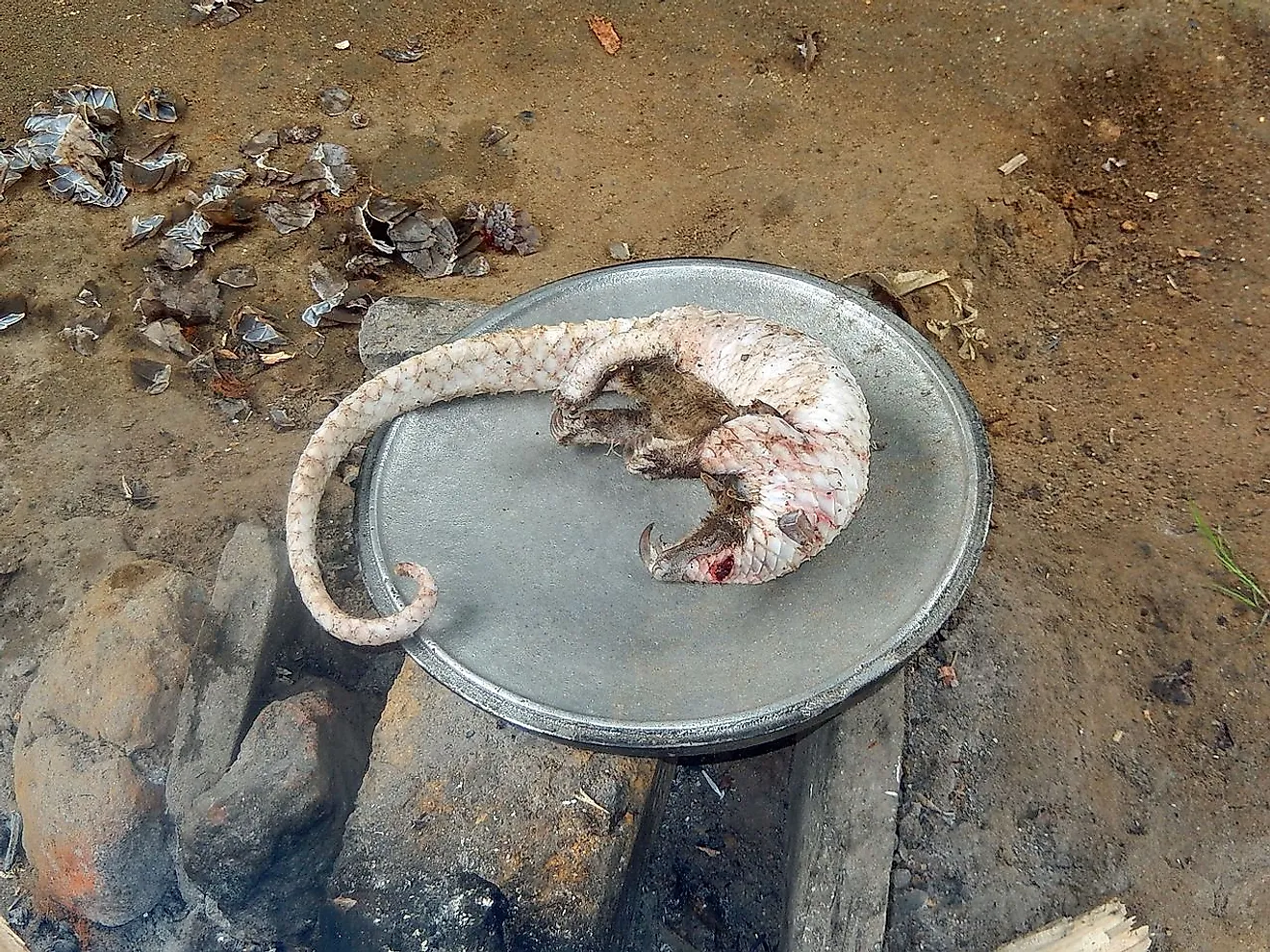
The source of the new coronavirus circling the globe still remains uncertain, but while some say it jumped to humans from bats, other say it came from the innocent-looking pangolin.
Pangolins are a scaly mammal that live as anteaters and reside in India, China, south-east Asia, and sections of Africa. They are trafficked for their scales, which are thought to treat certain conditions in Chinese medicine, and as a luxury menu item in China and Vietnam.
9. African Rhino
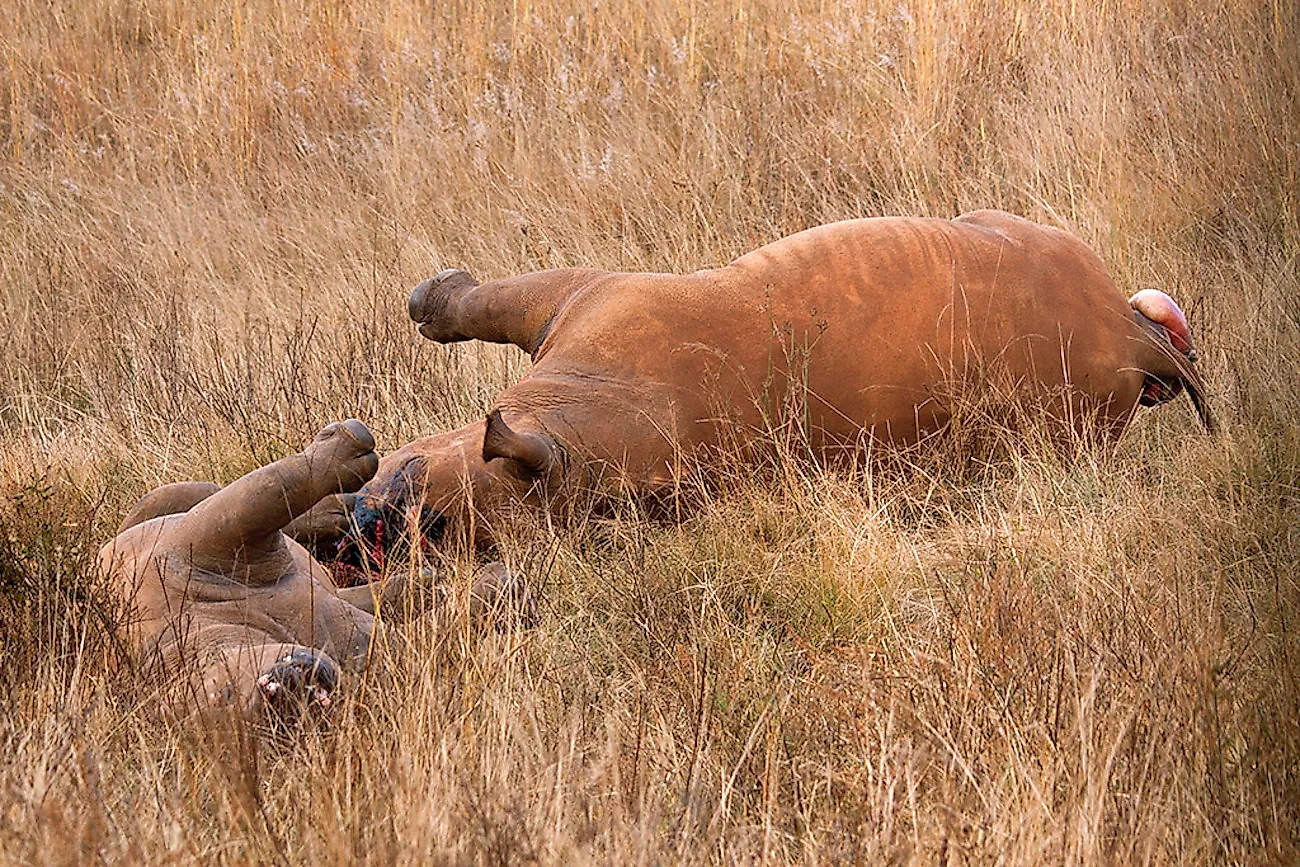
Poachers kill the African Rhino for their horns, which is used in Chinese medicine. It has also become a status symbol, as it is worth many thousands of dollars on the Asian black market. Conservation efforts have increased the number of African Rhinos now being protected, but it is a daily battle.
8. African Elephant
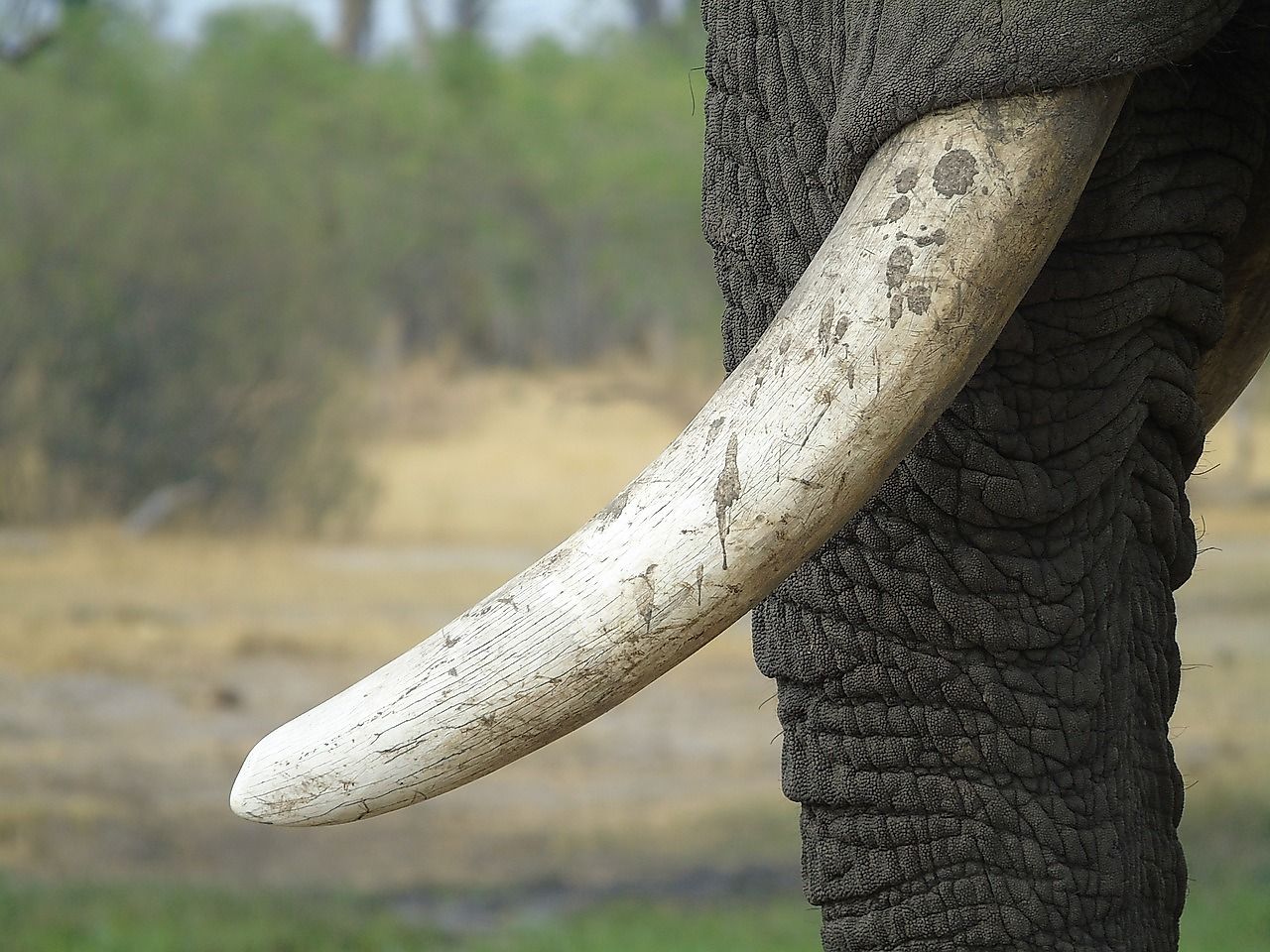
The African elephant is wanted for its ivory tusks. Ivory is carved into jewellery and other decorative items, which can be sold for a good price in black markets around the world. According to the World Wildlife Fund, tens of thousands of these great animals are killed every year for their tusks.
7. Tiger
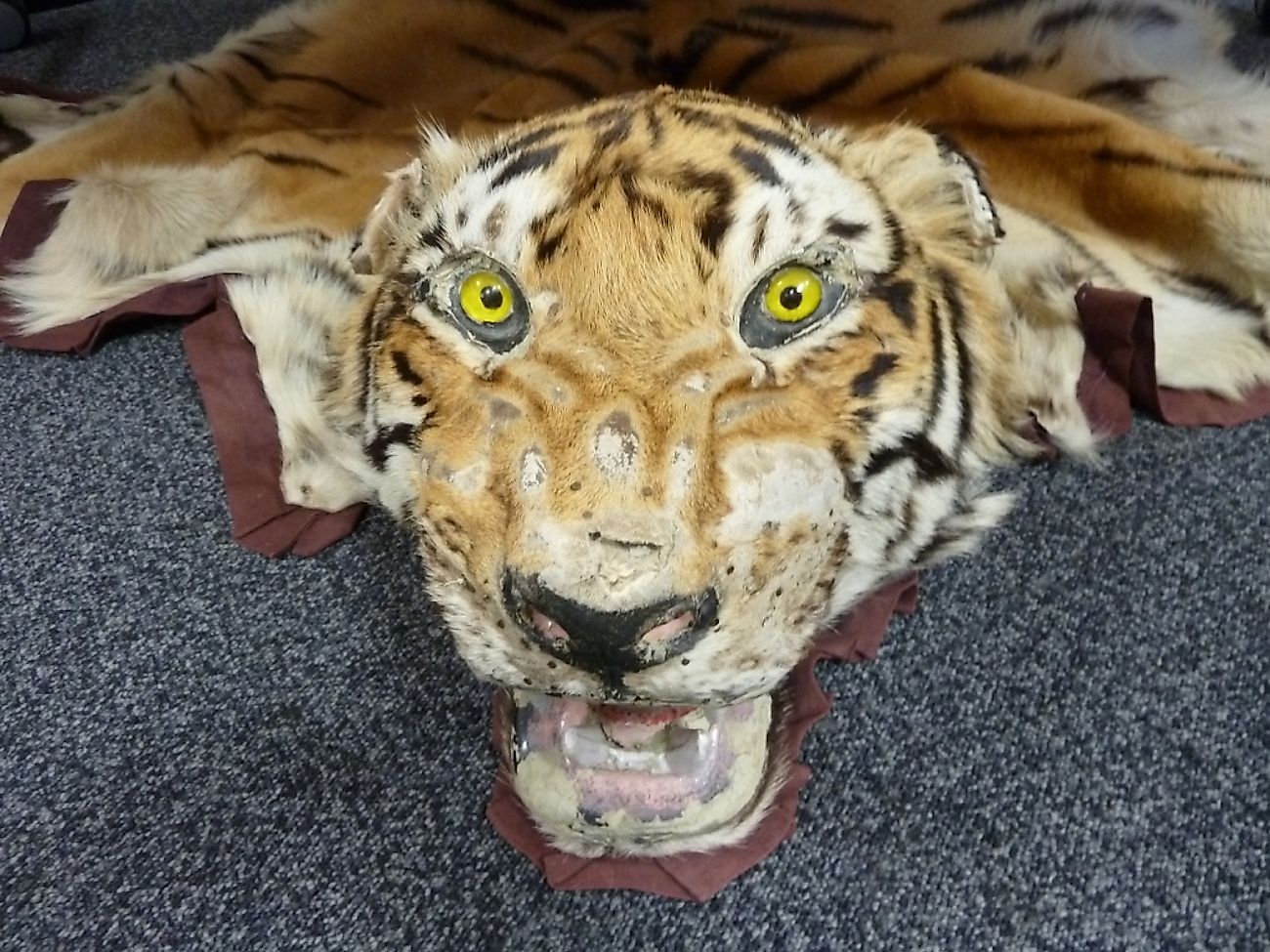
Tiger poaching is common in countries with tiger populations. In India, however, strict measures have restricted the poaching of these animals to a great extent. Poachers kill tigers to sell their pelts, but mostly for the value of their bones, which can be sold for a fortune on the black market in China and made into things like tiger bone wine.
6. Hawksbill Turtle
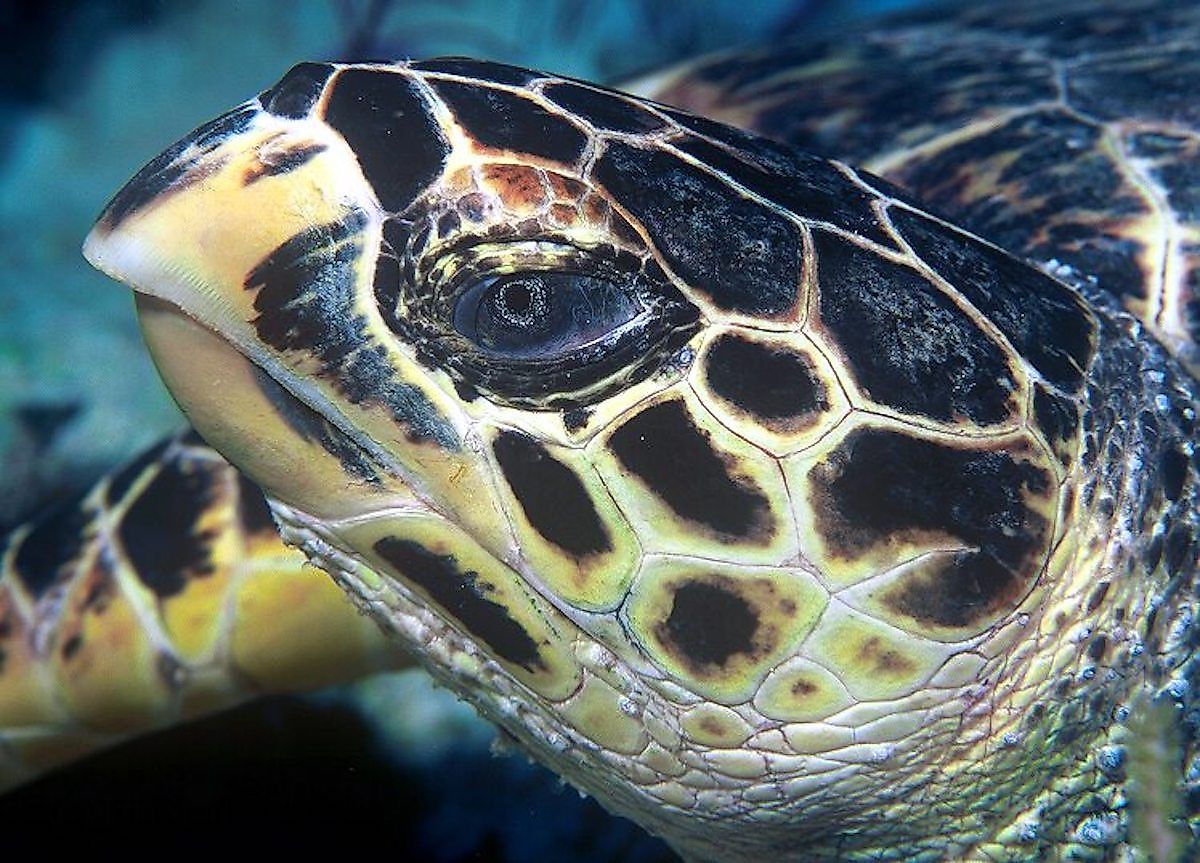
According to National Geographic, hawksbill turtles have been hunted down for centuries for their precious shells. Researchers say that even the ancient Romans used the creature’s shell in objects.
It has been illegal to kill a hawksbill turtle since 1977, but the practice continues in Asia. The beautiful shell is often made into sunglasses, combs and other accessories that we humans just can’t get enough of. This poor turtle has certainly had enough of us, however.
5. Green Turtle
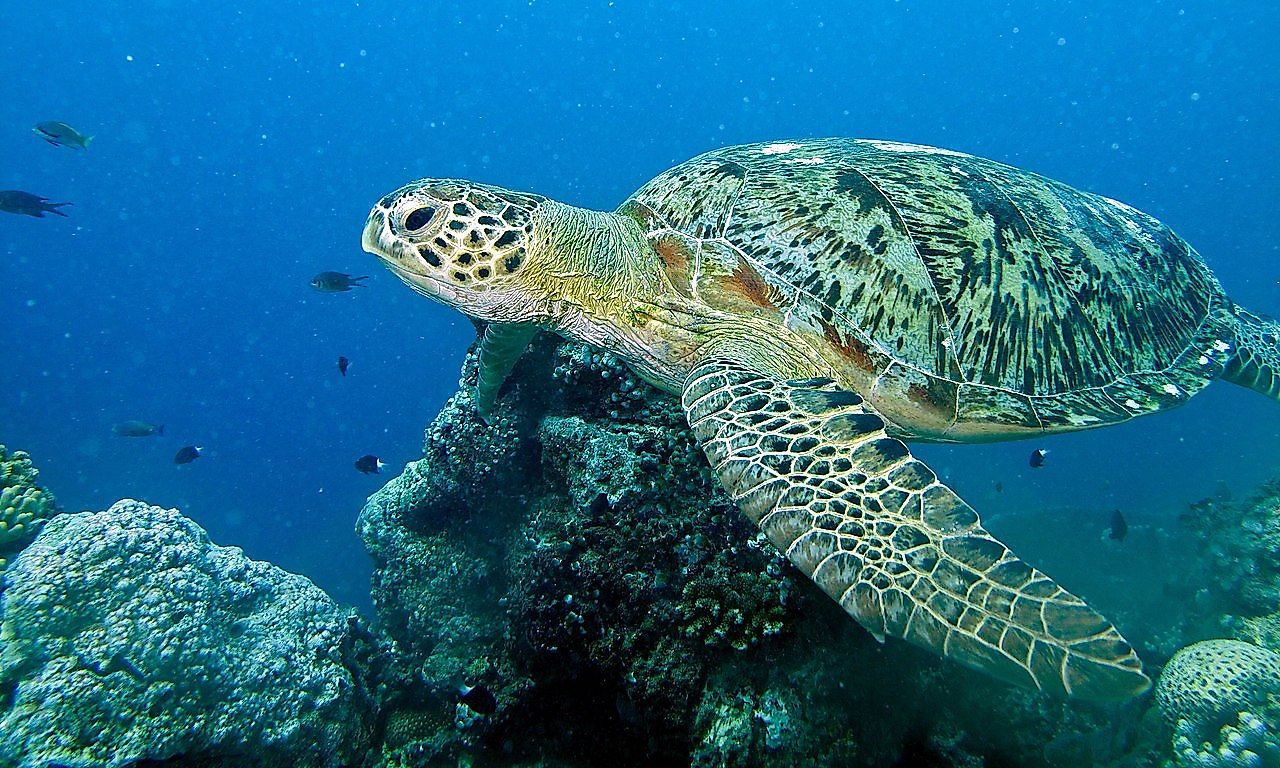
Green sea turtles are an endangered species as well. Poachers catch them and sell them around the world for use in religious ceremonies and traditional medicines.
The green turtle’s eggs are also harvested for consumption, a practice that is making it hard for the turtle to flourish freely and is actively cutting back on its numbers in the wild. Countries like Costa Rica have been eating these turtle eggs for centuries, and part of the reason it is difficult for people to stop doing so is that they see the practice as being part of their culture. In general terms, this animal is endangered because human habits can be hard to change.
4. Sumatran Serow
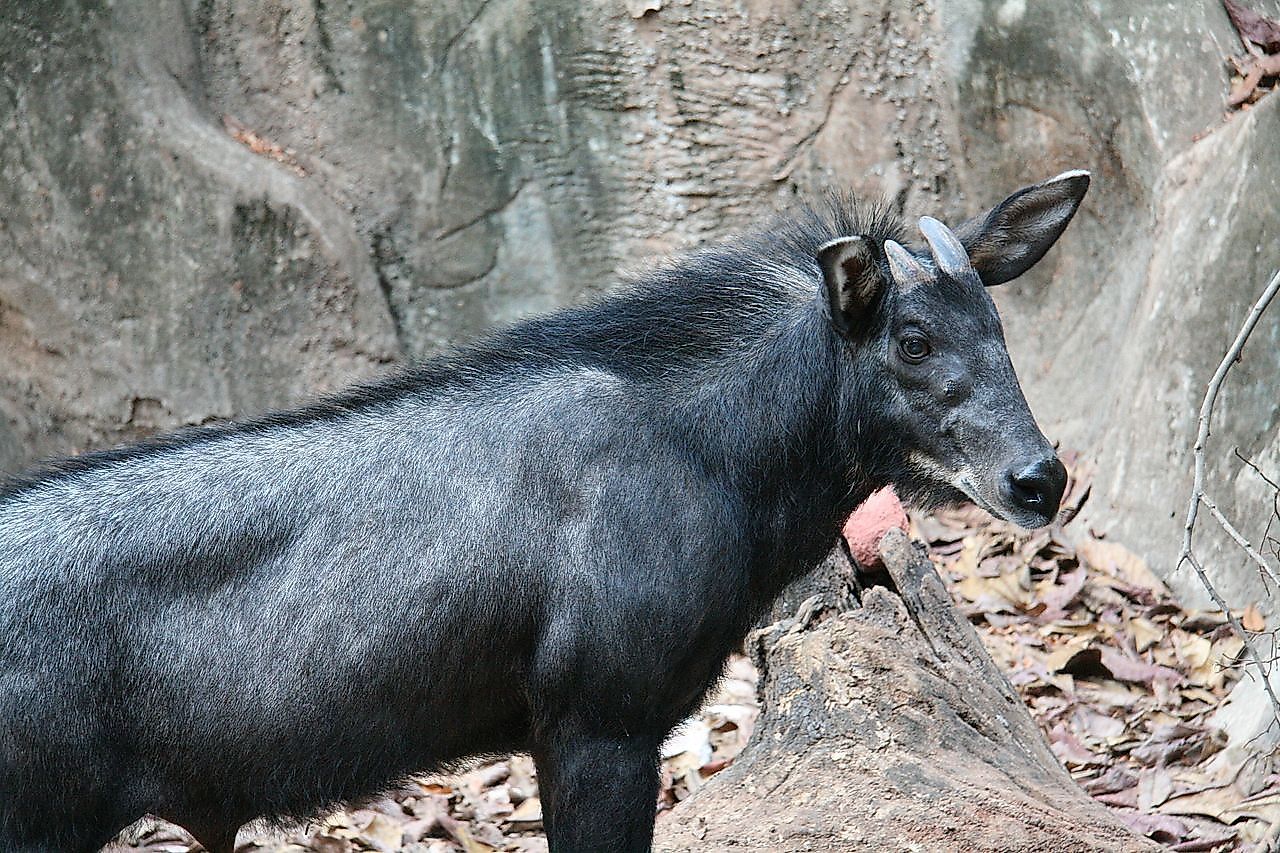
You may have never heard of it, but this creature is also in desperate need of more protection. They are hunted down in Peninsular Malaysia, even though there are strong restrictions in place to prevent people from doing so. Pursued for their body parts and meat, the serow is often used in the traditional medicine as a “magical” ingredient. Part of the problem is that the Sumatran Serow has flown under the radar for some time now, and conservationists have not paid it as much attention as they have to some other species.
3. Orangutan
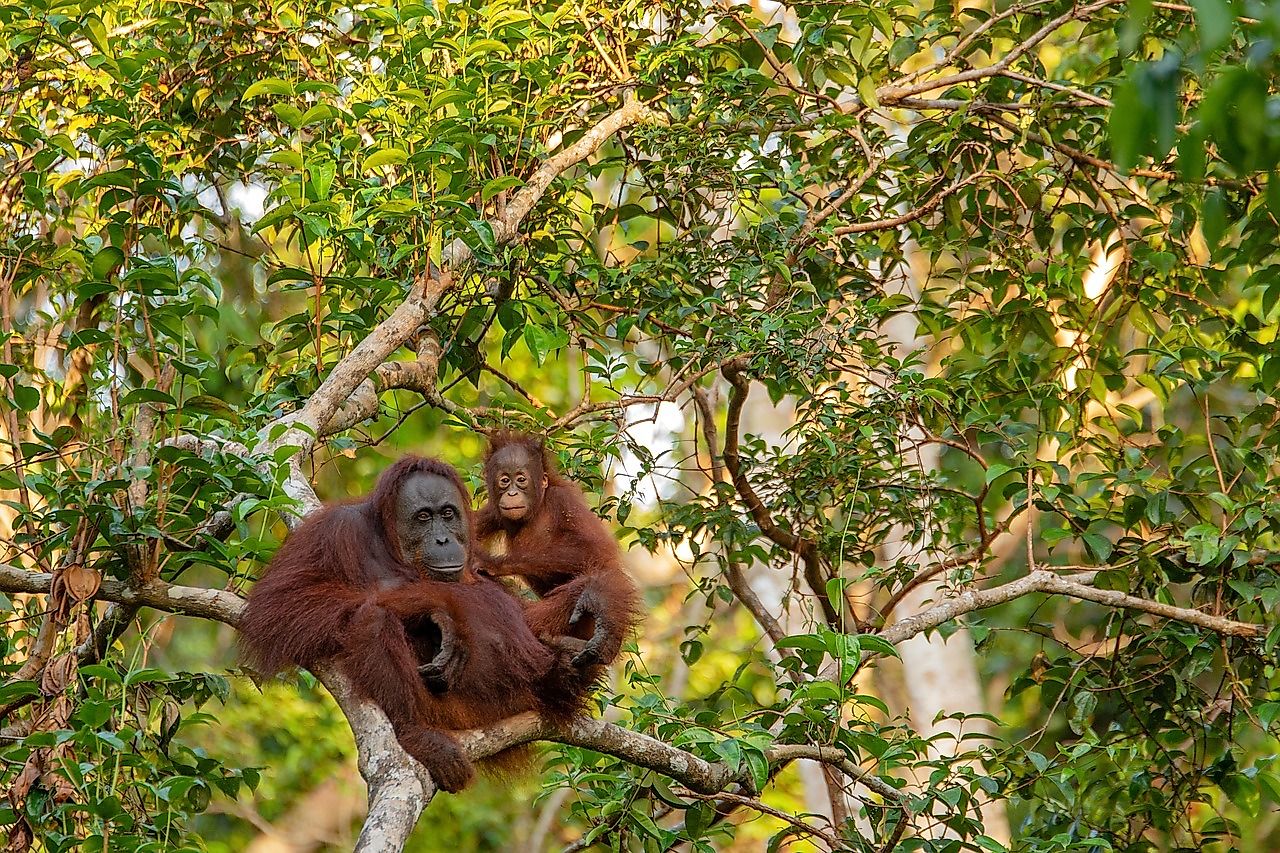
Why do people traffick orangutans? These animals are killed for their meat. (Some say it is tough but very tasty). Sometimes orangutans are also captured so they can become exotic pets for someone, and sold at a high price. Orangutans are presently threatened worldwide. From trafficking to having their natural habitat destroyed to make way for palm oil plantations, unfortunately, it is not a nice moment to be one of these guys on Earth.
2. Helmeted HornBills
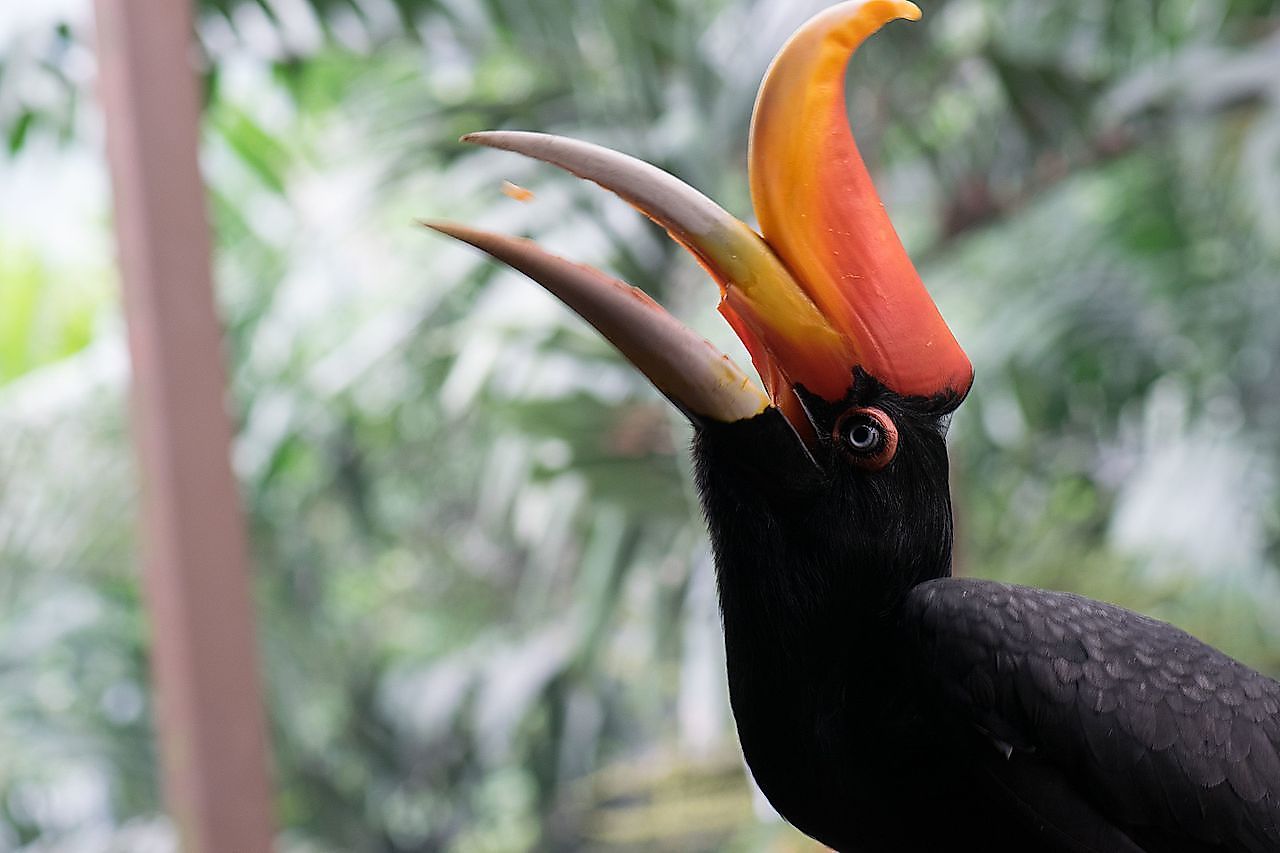
This bird is caught and slaughtered for its beak, which is sold like ivory on the black market in China. It is called “red ivory” for its bright color, and sells for thousands of dollars per kilo.
1. Amur Leopard
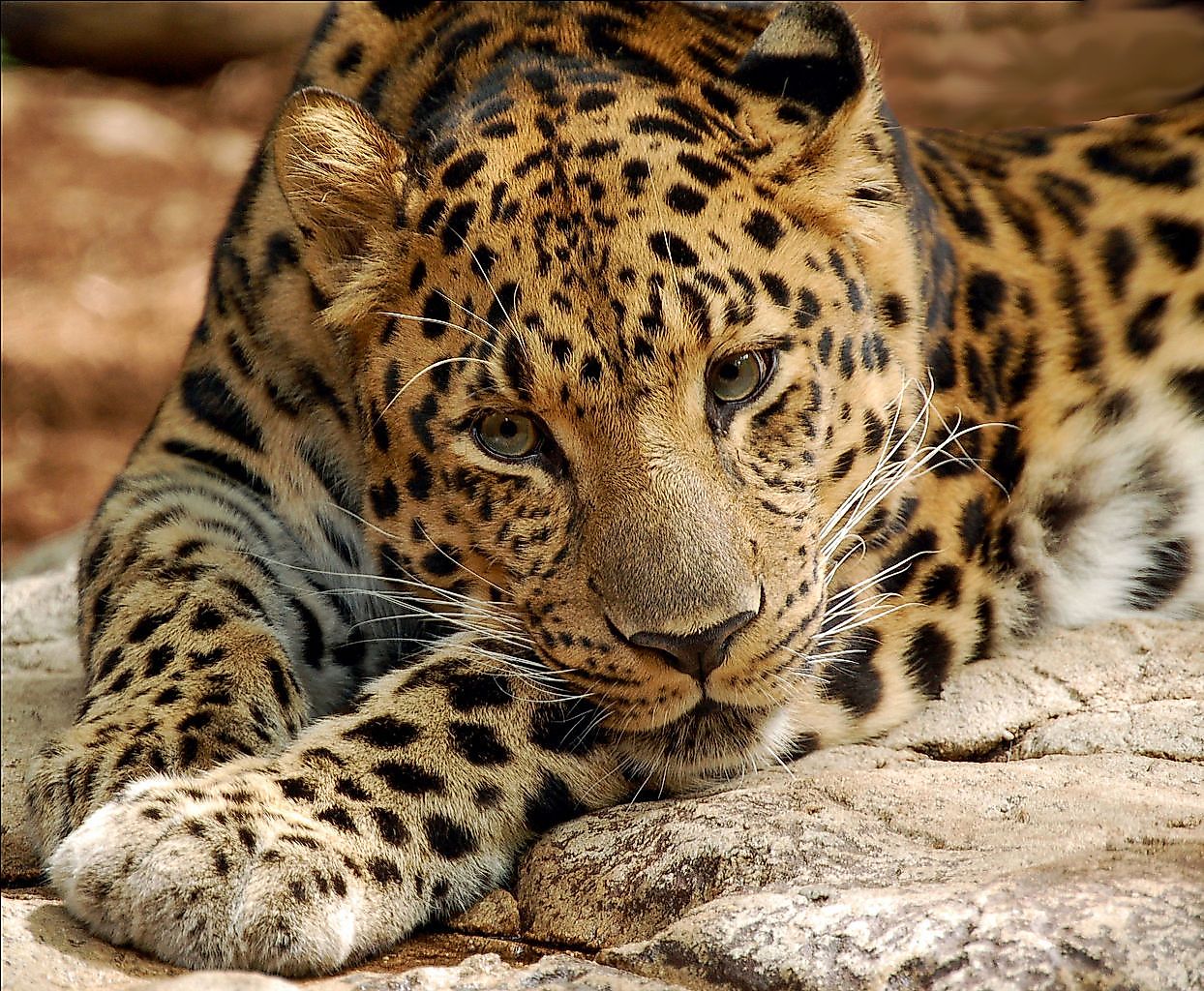
The fur of the Amur leopard is still a much-sought-after product in some places. This has placed it on the endangered list. Native to southeastern Russia and Northern China, back in 2007 it was estimated that only 19-26 of these animals remained alive in the wild.











